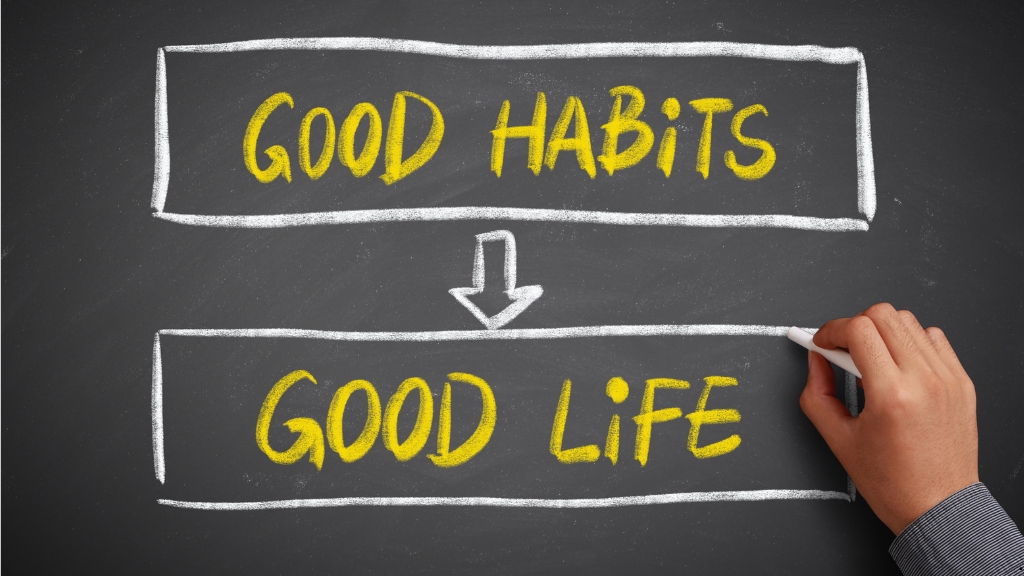Ever wonder how athletes perform complex movements with such precision and ease? It’s not just talent or practice—it’s muscle memory at work. This fascinating process allows the body to repeat specific actions almost automatically, making it a game-changer for athletic performance.
I’ve always been amazed by how muscle memory bridges the gap between effort and instinct. It’s what helps a gymnast land a flawless routine or a basketball player sink a perfect shot under pressure. By training the brain and body to work in harmony, athletes can react faster, move more efficiently, and stay consistent during high-stakes moments.
Understanding muscle memory isn’t just for elite athletes—it’s a tool anyone can harness. Whether you’re perfecting your golf swing or learning to dance, this incredible mechanism plays a vital role in mastering skills and reaching peak performance. Let’s dive into how it works and why it’s so essential for success.
Understanding Muscle Memory
Muscle memory plays a pivotal role in athletic performance. It refers to the ability of the body to perform tasks automatically after repeated practice.
What Is Muscle Memory?
Muscle memory is the process where repetitive movements create neural pathways, allowing muscle actions to become second nature. These pathways involve the brain, spinal cord, and muscles coordinating to store information about a specific movement. For example, a tennis player executing a perfect serve relies on muscle memory to repeat the motion consistently.
Rather than residing in the muscles themselves, this memory exists in the nervous system. It connects conscious effort with learned motor skills, enabling smooth and predictable performance over time.
How Muscle Memory Develops
Muscle memory develops through consistent, deliberate practice. Repeatedly performing a movement strengthens synaptic connections in the brain, solidifying the motor pattern. For instance, practicing a golf swing daily enhances precision due to the ingrained neural pathway.
Consistency and focus are crucial for improvement. When the same movement is repeated under similar conditions, the brain optimizes neural pathways responsible for those actions. Errors decrease as movements become more efficient.
The Science Behind Muscle Memory
Muscle memory operates through complex biological mechanisms, involving the nervous system and repeated physical movements. This scientific foundation highlights how practice transforms deliberate actions into automatic responses.
Neural Pathways and Repetition
Neural pathways enable the body to execute movements efficiently after repetition. When I repeat a specific action, like shooting a basketball, my brain strengthens the synaptic connections associated with that movement. According to research, this process occurs through synaptic plasticity, where neurons adapt to repeated stimuli, solidifying motor patterns over time. With consistent practice, these pathways facilitate increased speed, accuracy, and precision, even during high-pressure situations.
Brain-Muscle Communication
The brain-muscle connection coordinates physical actions by transmitting electrical signals through motor neurons. When I decide to perform a movement, my motor cortex sends instructions to the muscles via the spinal cord. The cerebellum assists in refining these signals, ensuring smooth and accurate execution. For example, a gymnast relies on this feedback loop to maintain balance during intricate routines. By integrating sensory input and motor commands, this communication system improves with practice, reducing errors and enhancing reaction time.
Impact On Athletic Performance
Muscle memory plays a pivotal role in enhancing an athlete’s ability to perform consistently under varying circumstances. Its influence extends to skill retention, mastery, and faster recovery periods.
Skill Retention and Mastery
Athletes rely on muscle memory to retain and perfect motor skills developed through repetition. Consistent practice helps neural pathways solidify, ensuring movements become automatic and precise. For instance, a basketball player executing a flawless jump shot benefits from honed muscle memory enabling consistent performance during high-stress game moments. This level of mastery often distinguishes elite athletes from novice performers.
Reducing Recovery Times
Muscle memory not only supports performance but also accelerates recovery following breaks or injuries. Pre-established neural connections allow athletes to regain motor skills faster when returning to training after rest periods. For example, a sprinter recovering from an ankle injury can rebuild their technique more efficiently due to stored motor patterns, minimizing downtime. This advantage ensures athletes can resume peak performance with reduced effort and prolonged interruptions.
Factors Influencing Muscle Memory in Sports
Muscle memory in sports is shaped by multiple factors that affect the efficiency and reliability of motor learning. Understanding these factors helps athletes optimize their training and performance.
Practice and Consistency
Frequent, focused practice reinforces muscle memory by strengthening neural connections. Repetition under similar conditions improves the brain’s ability to store precise motor patterns. For example, swimmers mastering their stroke rely on repetitive drills to embed the correct technique in their muscle memory. Inconsistent practice disrupts this process, weakening established pathways and reducing performance reliability. Deliberate practice with structured feedback ensures skill refinement and long-term retention.
Age and Physical Fitness
Age influences muscle memory due to changes in neural plasticity and physical adaptability. Younger athletes generally form new motor patterns faster because their brains adapt more efficiently to repeated stimuli. However, experienced athletes can maintain strong muscle memory through consistent engagement in their sport. Physical fitness also plays a vital role; stronger muscles and optimal endurance improve neuromuscular coordination, as seen in sprinters maintaining their form during high-speed runs. Conversely, poor conditioning hinders the development and retention of effective muscle memory, limiting performance potential.
Practical Applications for Athletes
Applying muscle memory to athletic performance involves tailored strategies that integrate practice, refinement, and injury prevention. Athletes leveraging muscle memory often outperform peers due to precise execution, fast reactions, and consistency under pressure.
Training Techniques to Enhance Muscle Memory
Repetition strengthens neural pathways, ensuring automaticity in movement. I recommend incorporating sport-specific drills, such as shooting free throws in basketball or swing practice in golf, focusing on consistent execution. Visualization aids in reinforcing motor patterns; imagining successful outcomes activates similar neural processes as physical practice. Breaking down complex skills into smaller components, like dividing a tennis serve into grip, toss, and swing phases, helps refine each element, leading to smoother, integrated movements. Incorporating varied practice conditions, like adjusting court surfaces or environmental factors during soccer training, improves adaptability of muscle memory in diverse scenarios.
Avoiding Common Mistakes
Overtraining disrupts muscle memory by causing fatigue, leading to imprecise repetitions that reinforce errors. I ensure rest days and recovery phases to maintain quality in practice. Practicing without proper form solidifies incorrect motor patterns; I prioritize expert guidance or video analysis to identify and correct mechanics. Neglecting mental engagement during practice, like executing drills on ‘autopilot,’ hinders muscle memory development. Active focus on intentional, purposeful repetition ensures each movement reinforces optimal pathways.
Conclusion
Muscle memory is a powerful tool that shapes athletic performance, bridging the gap between practice and mastery. It transforms repetitive actions into instinctive movements, enabling athletes to perform with precision and confidence even under pressure. By understanding the science behind muscle memory and applying targeted training strategies, athletes can unlock their full potential and maintain a competitive edge. Whether you’re refining a skill or recovering from a setback, muscle memory is the key to consistent progress and long-term success in sports.



